Understanding the Temperature-Control Challenge During Business Growth
For small businesses experiencing growth, protecting temperature-sensitive inventory becomes increasingly crucial. Whether you’re expanding your product line, moving to a larger space, or managing seasonal fluctuations, maintaining proper temperature control can mean the difference between profit and loss. This comprehensive guide will help you navigate the challenges of inventory protection during your business expansion.
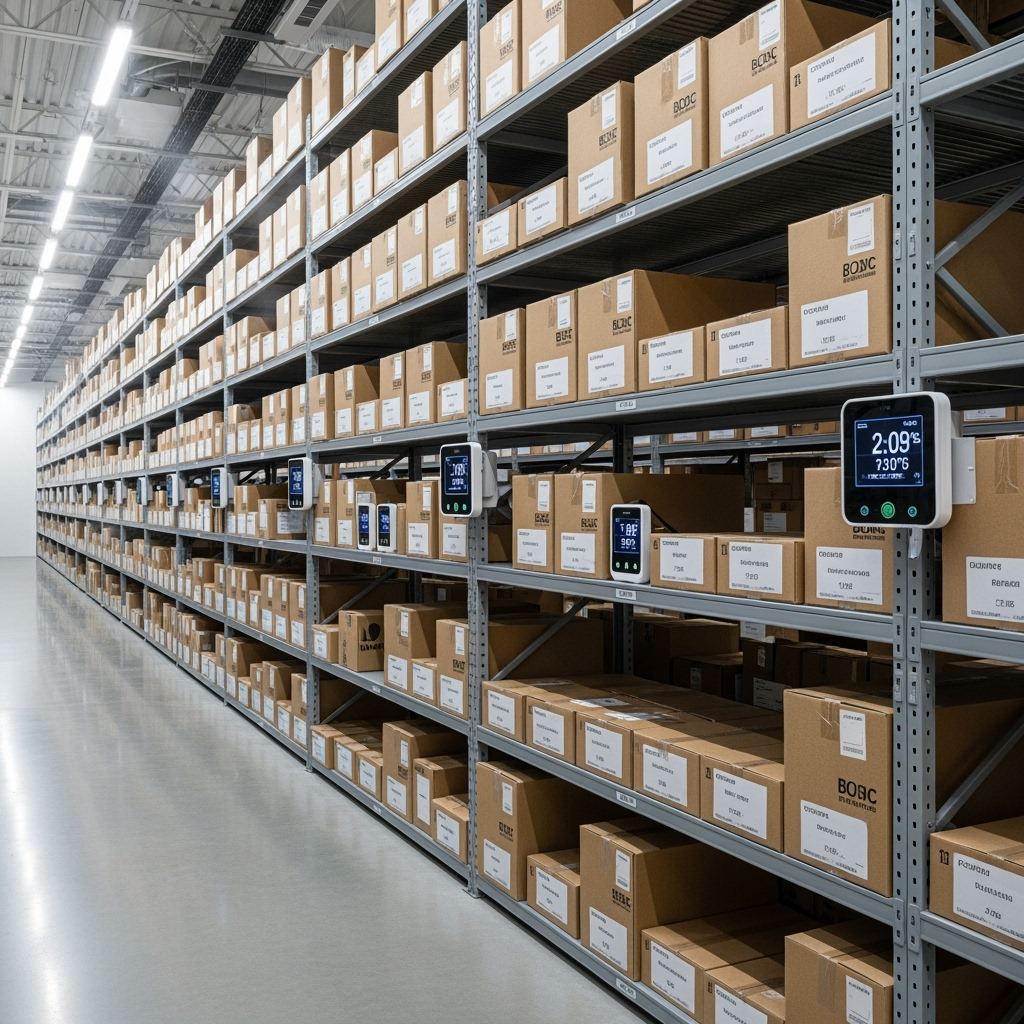
The Critical Role of Climate-Controlled Storage
Climate-controlled storage offers essential protection for various types of business inventory:
- Electronics and tech components
- Cosmetics and beauty products
- Pharmaceuticals and medical supplies
- Food products and ingredients
- Specialty fabrics and materials
- Artwork and collectibles
Setting Up Your Temperature-Controlled Storage System
Creating an effective temperature-controlled storage system requires careful planning:
- Choose the right climate-controlled unit size for your inventory volume
- Install temperature monitoring systems
- Organize items based on temperature sensitivity
- Create clear labeling and inventory tracking systems
- Establish emergency protocols for temperature fluctuations
Best Practices for Inventory Organization
Proper organization maximizes both space and protection:
- Use appropriate shelving and storage containers
- Maintain proper air circulation around items
- Keep detailed inventory logs
- Implement regular monitoring schedules
- Create clear access paths for easy inventory checks
Temperature Control During Business Transitions
Major business changes require special attention to temperature-sensitive items:
- Plan ahead for seasonal inventory shifts
- Prepare for location changes or expansions
- Maintain temperature control during transport
- Have backup storage options ready
- Document temperature conditions throughout transitions
Emergency Preparedness and Backup Plans
Being prepared for unexpected situations is crucial:
- Install backup power systems
- Create emergency response procedures
- Maintain relationships with backup storage facilities
- Keep emergency contact information readily available
- Regularly test monitoring systems
Cost Management and ROI
Investing in proper temperature control can save money long-term:
- Reduce inventory loss due to temperature damage
- Maintain product quality and customer satisfaction
- Minimize emergency replacement costs
- Optimize storage space usage
- Protect valuable business assets
Expert Tips for Success
Follow these professional guidelines for optimal results:
- Conduct regular temperature monitoring checks
- Train staff on proper procedures
- Keep detailed records of temperature readings
- Perform regular maintenance on climate control systems
- Stay informed about industry best practices
Planning for Future Growth
As your business continues to grow, consider these factors:
- Scalability of your storage solution
- Future inventory projections
- Potential new product lines
- Expanding storage needs
- Updated temperature control technologies
Conclusion
Successful temperature control management is essential for growing businesses. By implementing these strategies and maintaining proper climate-controlled storage, you can protect your inventory investment while supporting your business’s growth. Remember that proper planning and organization now will save both time and money as your business expands.


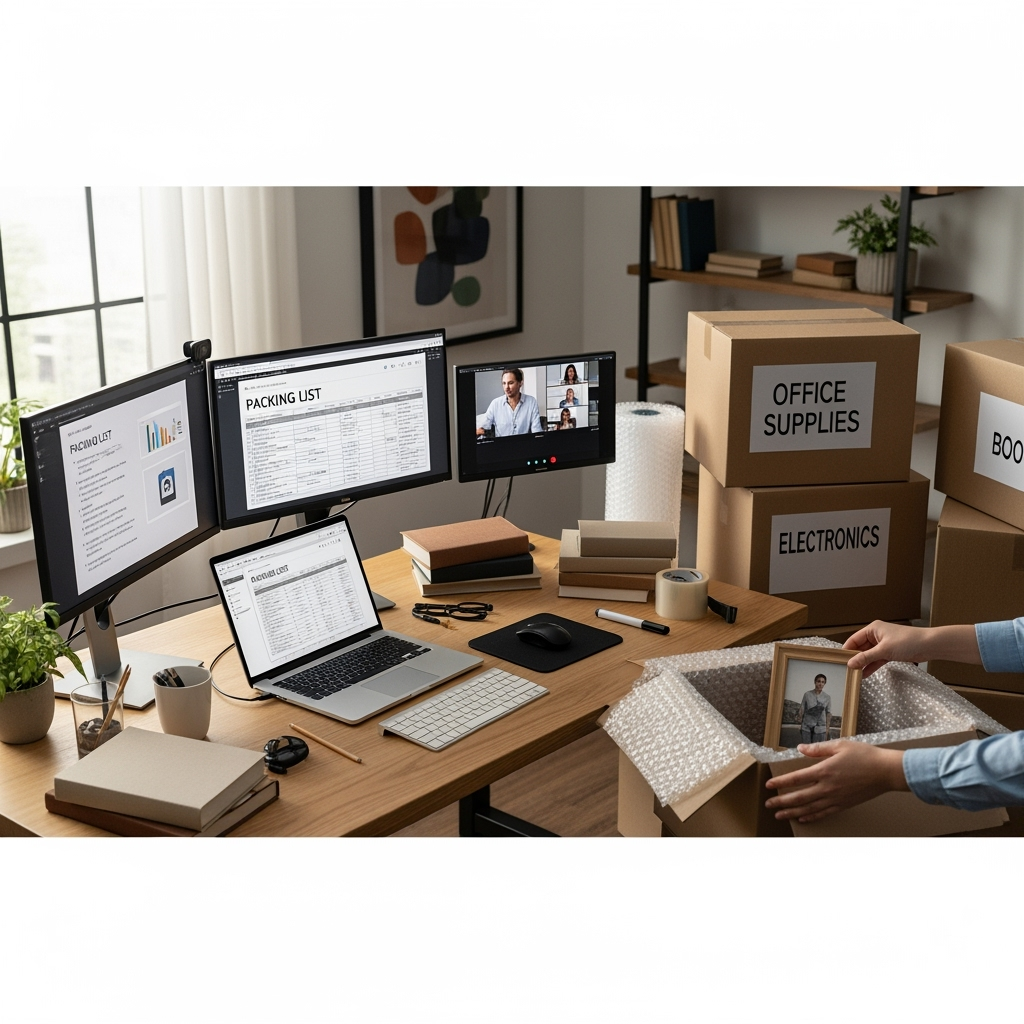
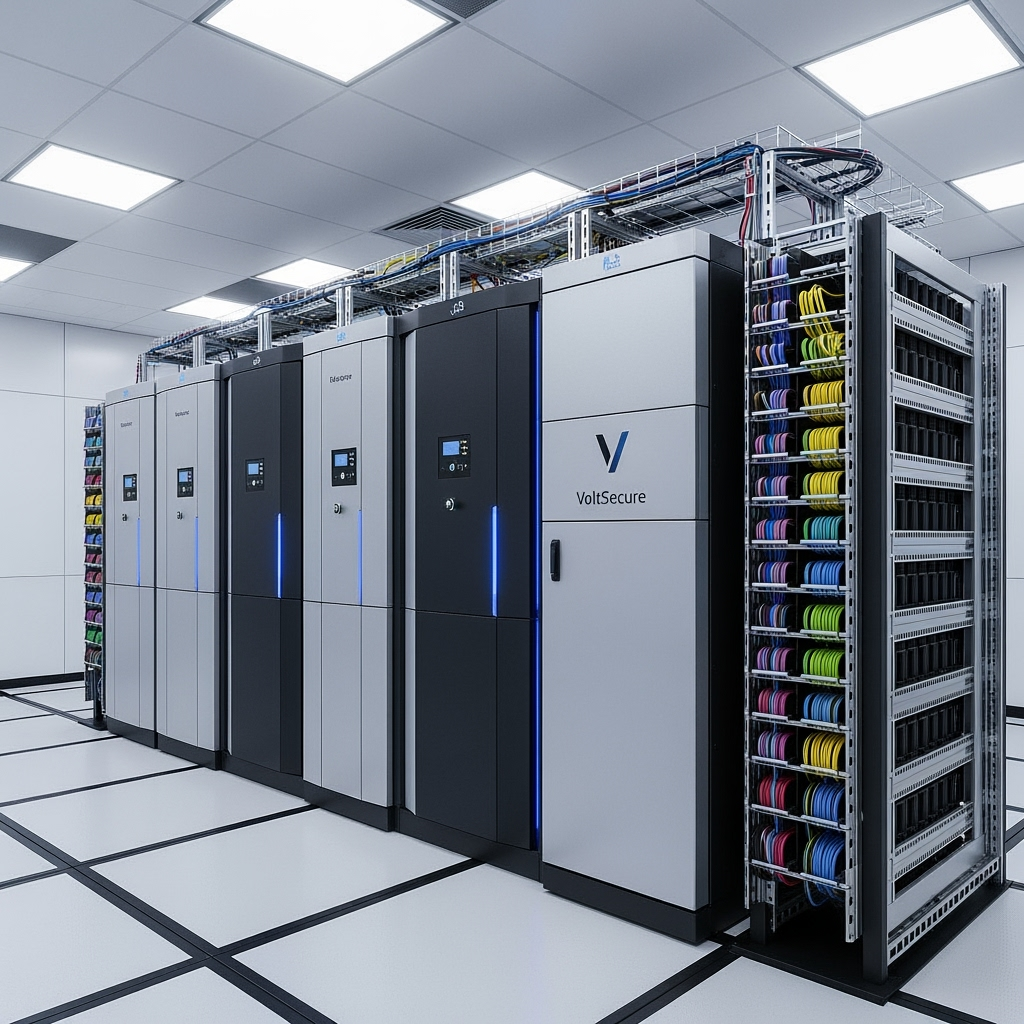

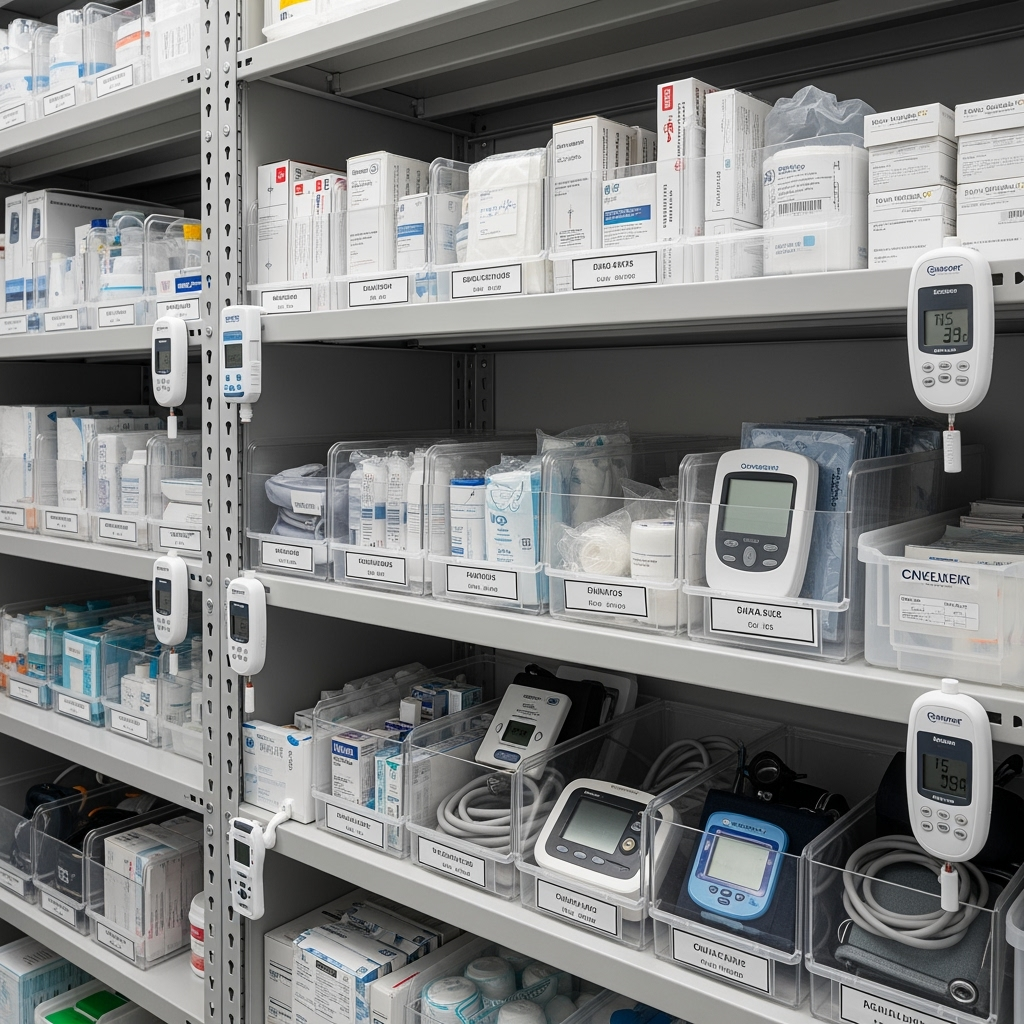
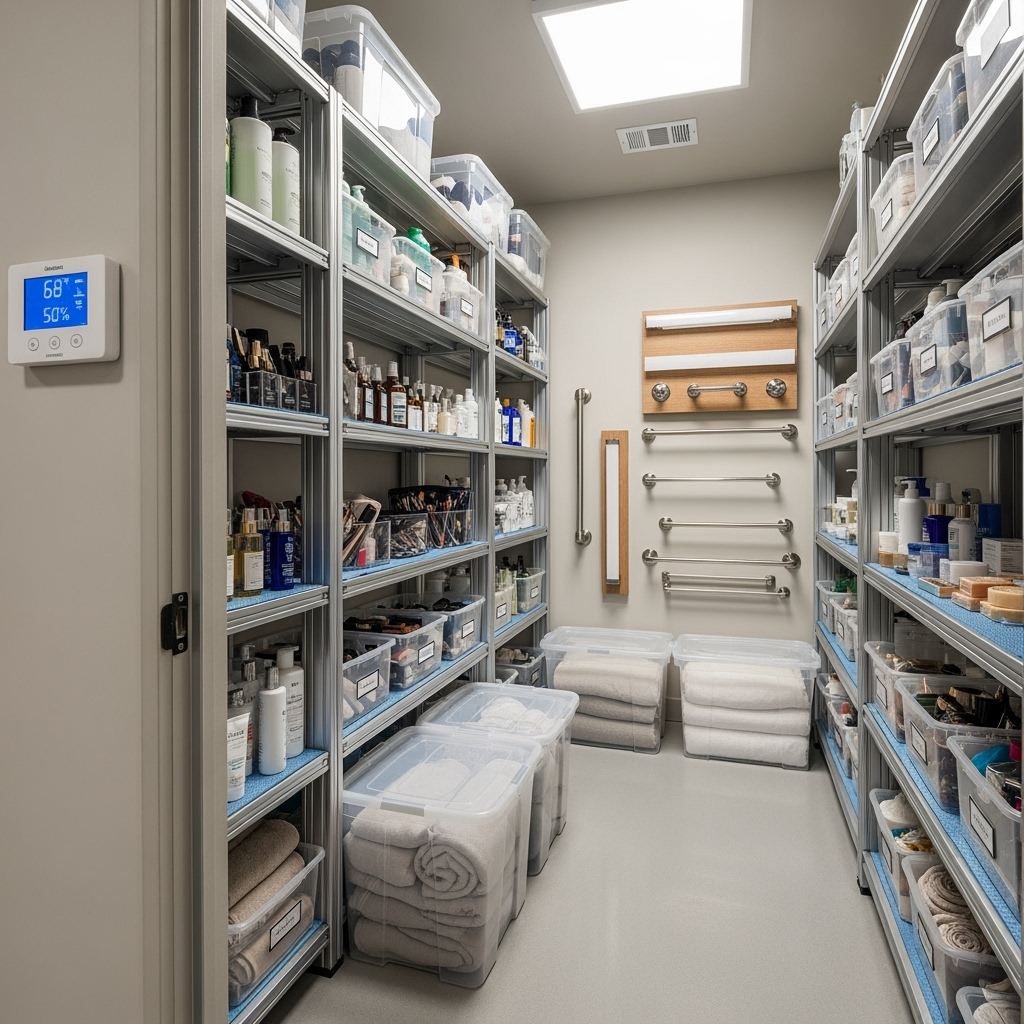
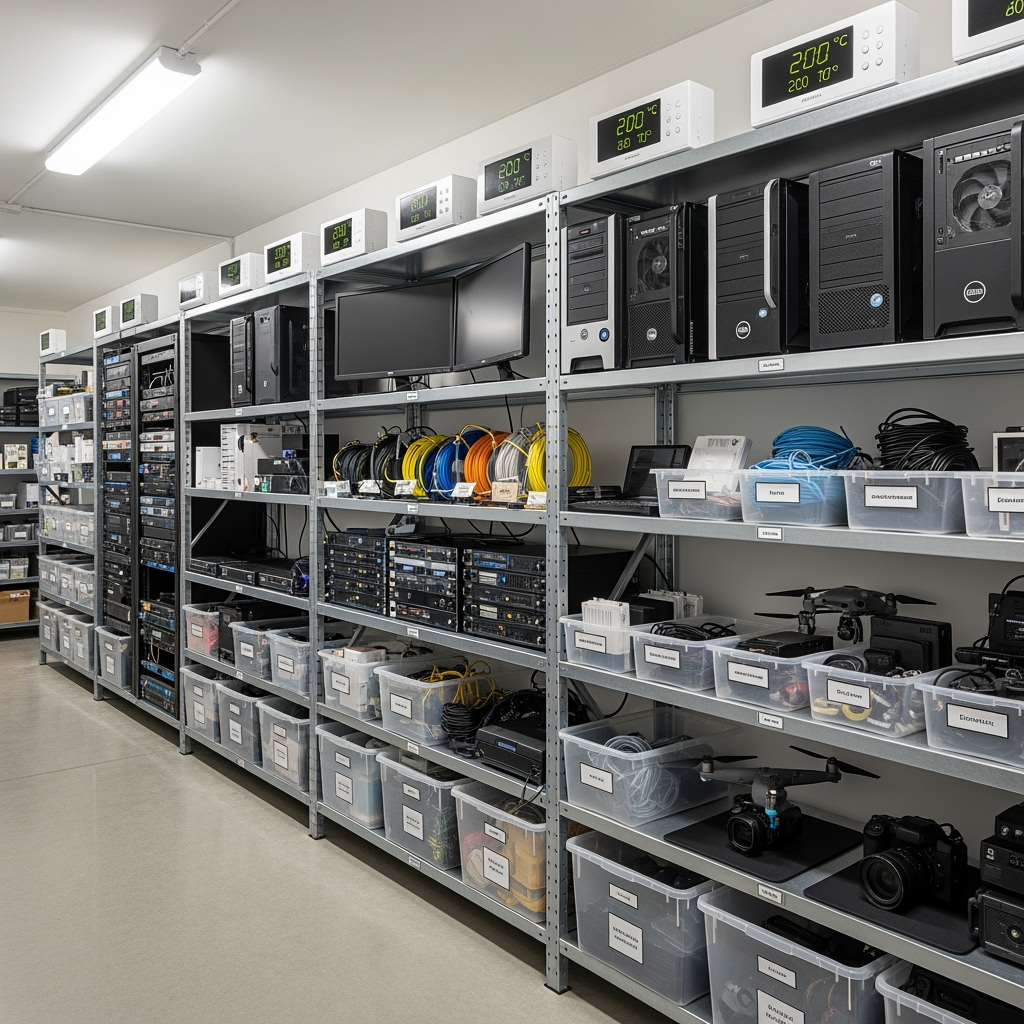
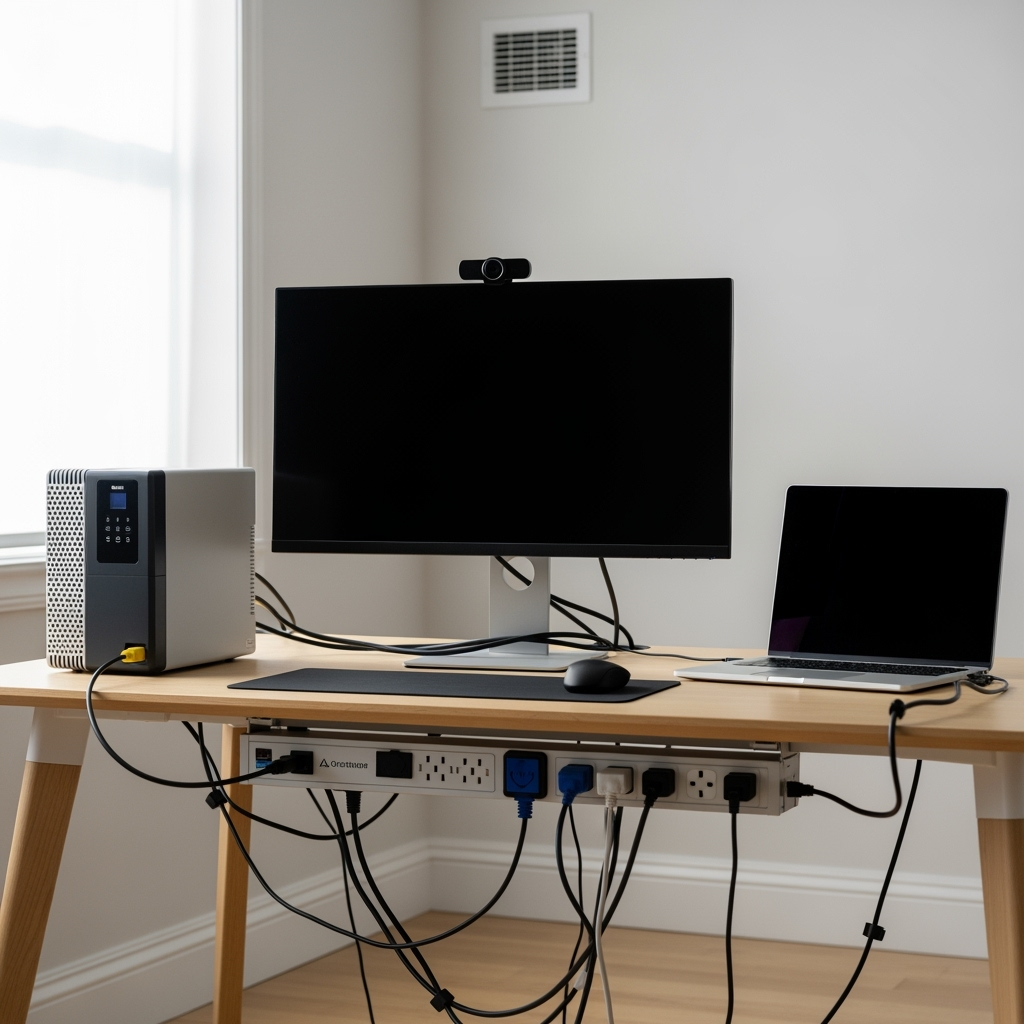
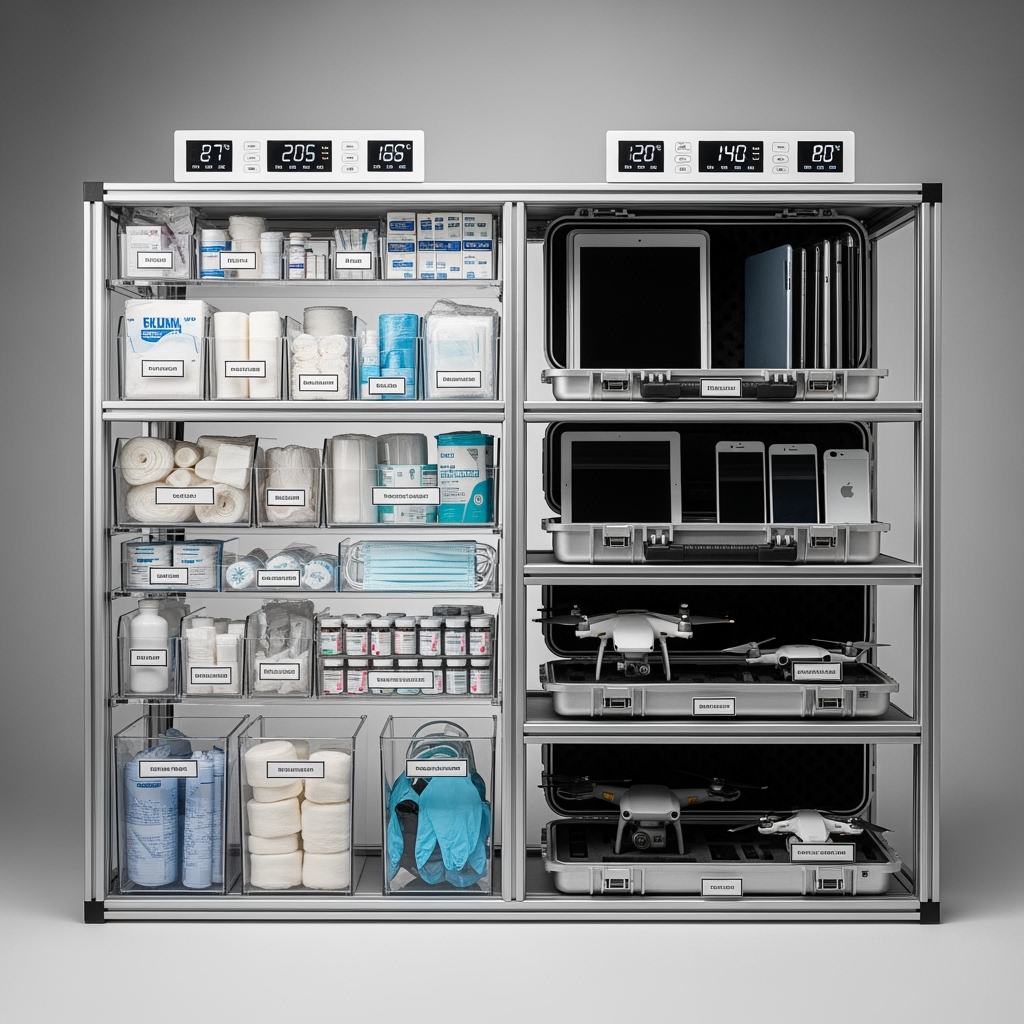
Leave a Reply